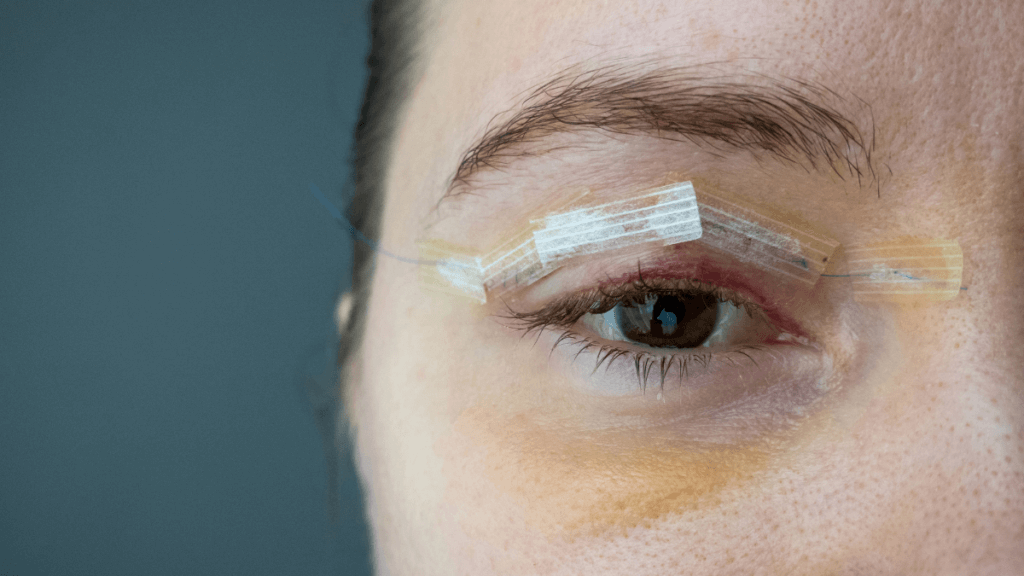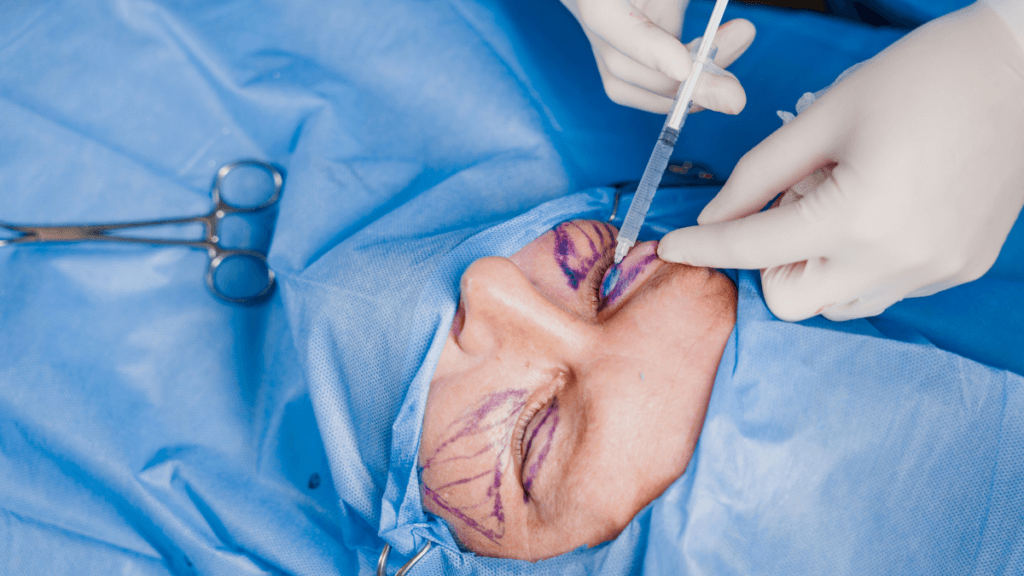Eyelid surgery, also known by its more formal name, blepharoplasty, is derived from the Greek word Blepharon (meaning eyelid) and plasty (meaning to shape or form). And this eyelid shaping and forming surgery is SUPER popular, especially in East Asia, with South Korea leading the pack.
In 2014, there were 1.43 million South Koreans who underwent this surgery. Considering that South Korea only has a population of around 51 million, that is a pretty significant number of people. A mere year later, the world saw a significant increase in blepharoplasties with around 8,689 procedures performed that year!
Fast forward to 2023, almost 10 years later, approximately 15,186 blepharoplasty procedures were performed in the UK, with over 90% of these surgeries conducted on individuals aged 40 and above.
Clearly, it is all the rage. However, if you are looking to refresh your eyes and reduce puffiness or excess skin around them, it goes without saying, that it is very important to know all about the pros and cons beforehand.
So, here we go.
Eyelid Surgery Has A Rich History Dating Back Centuries

Believe it or not, but eyelid surgery has been around for centuries. Ancient Egyptian papyri and Greek and Roman writings show that doctors were already experimenting with ways to repair eyelid damage caused by injury or illness.
In the 19th century, it took a more formal shape. Carl von Graefe, a German surgeon often called the father of modern plastic surgery, made important strides in facial reconstruction. In 1818, he performed one of the first modern eyelid surgeries, focusing on fixing deformities rather than just cosmetic concerns.
By the 1920s, cosmetic surgery gained more attention thanks to better surgical methods and anaesthesia. It is safe to say that early eyelid surgeries were mostly done to treat drooping eyelids. In the 1950s and 1960s, eyelid surgery began to shift more toward cosmetic purposes. Surgeons like Dr. S. E. Nott and Dr. T. N. Duncan developed techniques to lift and tighten the upper and lower eyelids, addressing excess skin and fat.
Today, thanks to new techniques like endoscopic blepharoplasty, laser-assisted surgery, and minimal-incision methods, the procedure has become less invasive, with faster recovery times and more natural-looking results.
Are You A Suitable Candidate?
We love the way you think! Naturally, as we age, our eyelids can start to look a tad more puffy, droopy, or saggy, which can make us appear tired or older than we feel. In some cases, sagging eyelids can even affect your vision. Not to mention, if droopy eyelids run in your family, surgery might be an option to help you look younger and possibly improve your vision too.
However, the ideal candidate for a surgical eyelid procedure is typically one over the age of 35 and has excess skin on their eyelids. The skin might look thin and wrinkled, and when you open your eyes, the natural crease may not show (think hooded eyes).
Of course, food candidates for eyelid surgery are also in good physical health, as certain medical conditions, like thyroid issues, dry eyes, high blood pressure, a detached retina, glaucoma, diabetes, and heart disease, can increase the risks of the procedure.
Let’s Have A Look At The Surgery

An eyelid surgery is relatively hassle-free. It is typically done under local anaesthesia and does not require a hospital stay. This means you can pretty much go home the same day. The procedure involves removing excess fat, skin, and muscle from your upper and lower eyelids through a small incision. Naturally, a qualified surgeon will make incisions along the natural lines of your eyelids, reshape them, and then close the skin with stitches, safely.
After your surgery, it is very important to keep your head elevated for a few days. And yes, you might experience some swelling and bruising, but cold compresses can help ease the discomfort. Over the following few weeks, your eyes might tear up more than usual, and you could be more sensitive to light, however, this is temporary. The good news, eyelid skin heals quickly!
Here Are The Pros
An eyelid lift can help you look younger and more refreshed, boosting your self-esteem and confidence. The results are typically natural-looking, and any scars are usually hidden along the natural creases of your eyelid. Plus, if your eyelids were blocking your vision before, you may notice improved eyesight after the procedure.
And Here Are Some Of The Cons
Some people may be disappointed in the outcome of their surgery, especially if they were expecting more dramatic results. Therefore, it is crucial to bear in mind that the results are usually very subtle. The surgery does not lift sagging eyebrows, or change certain ethnic characteristics of your eyes. A blepharoplasty is just not that kind of surgery. It focusses on your eyelids. That is it.
There may be temporary discomfort or minor complications after your surgery. For example, your vision may become blurred or you may experience double vision. Your eyes will also be discoloured, swollen, and sometimes super-duper itchy. Small whiteheads may develop where stitches were removed, causing some to have trouble closing their eyes to sleep. Of course, also temporary.

The Final Blink
Whether you are dreaming of eyelid surgery to lift sagging upper eyelids, define the crease in your eyelids, or simply enhance your appearance, eyelid surgery might just have your name on it.
Just remember to always get clearance from your family doctor before booking any type of treatment, be it surgical or non-surgical. When it comes to getting a blepharoplasty, your doctor will be able to see if you are a good candidate for this type of surgery, or not.



1 Comment
I think if your eyelids are dropping, this would be a fantastic treatment to have.